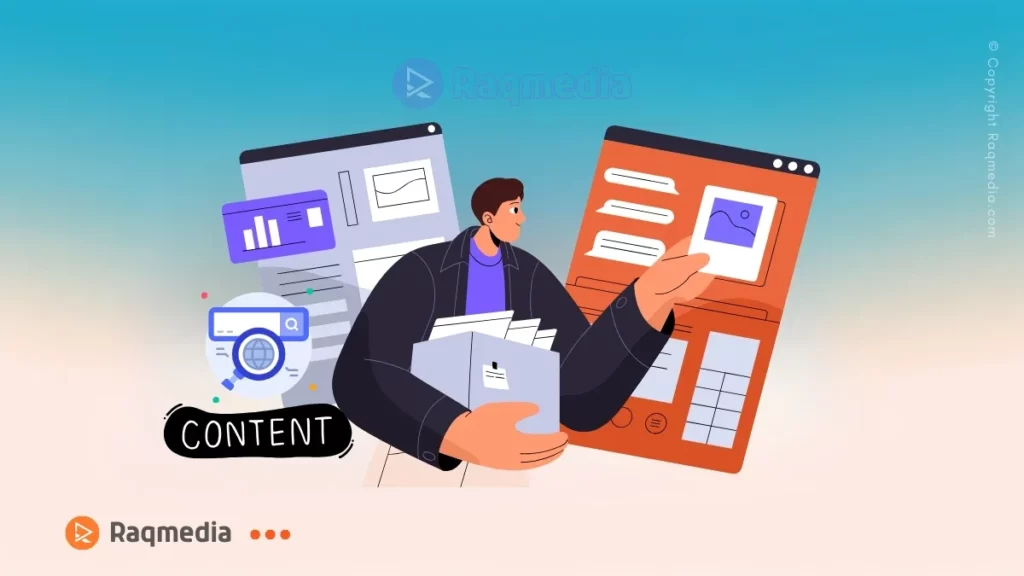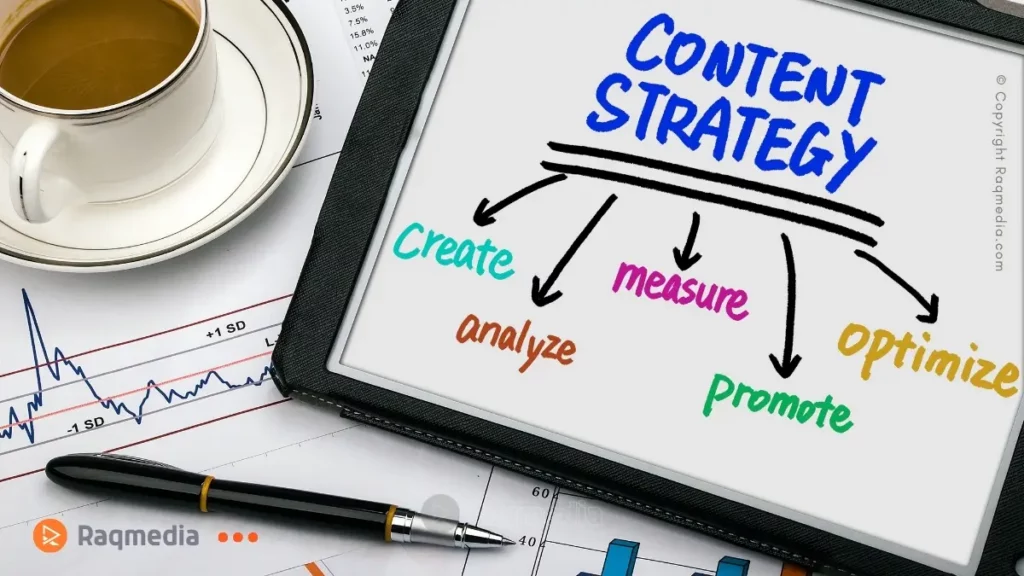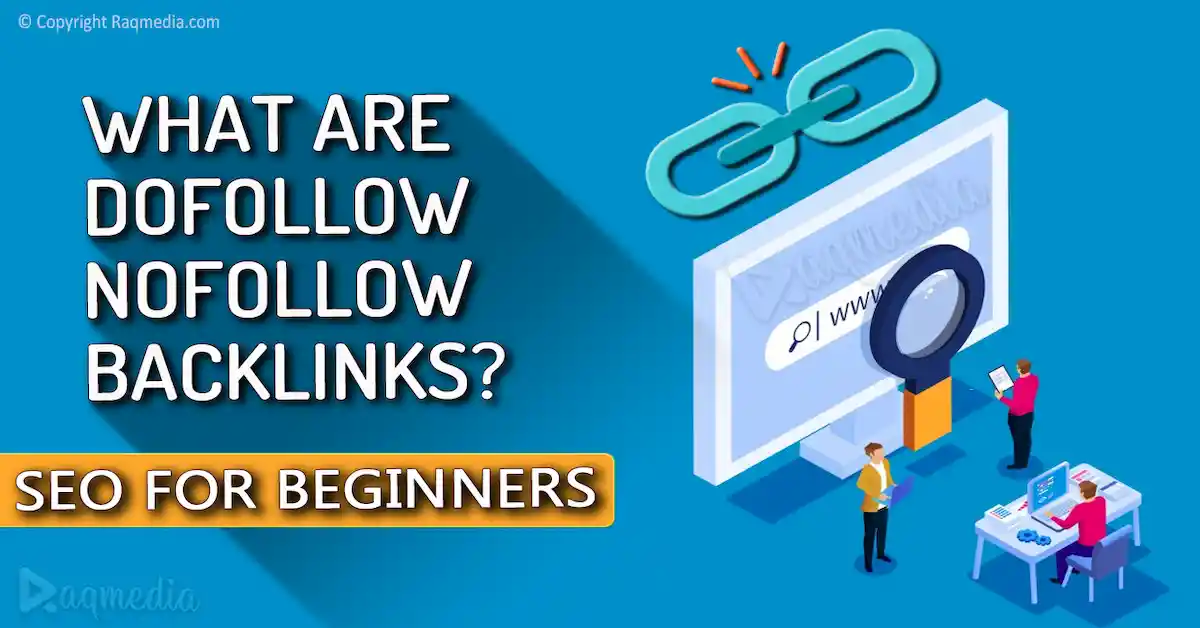In the bustling realm of blogging, where every click and scroll hold profound significance, understanding reader behavior emerges as the linchpin of success. Knowing what makes readers tick, click, and linger on your content is not merely a strategic advantage but a crucial necessity in today's digital landscape. This article delves into the intricate world of the psychology of blogging and its indispensable role in shaping an effective content strategy for bloggers seeking to captivate and resonate with their audiences.
Table of Contents
- 1 The Psychology of Blogging: Understanding Reader's Behavior to Improve Your Content Strategy
- 2 Understanding Blog Readers
- 3 The Role of Emotions in Blog Reading
- 4 Cognitive Biases and Blog Content
- 5 Building Trust Through Psychological Techniques
- 6 Enhancing User Experience Through Psychology
- 7 Measuring Success: Key Metrics in Analyzing Reader's Behavior
- 8 Evolving Content Strategies with Reader Insights
- 9 Evolving Your Content Strategies with Reader Insights
- 10 FAQs:
- 10.1 Q: How can I apply psychology to boost reader engagement on my blog?
- 10.2 Q: What are some common misconceptions about using psychology in blogging?
- 10.3 Q: Should I focus more on emotions or cognitive aspects when crafting blog posts?
- 10.4 Q: How long does it typically take to see results from implementing psychological strategies in blogging?
- 10.5 Q: Is it necessary for all bloggers to understand the psychology of their readers?
The Psychology of Blogging: Understanding Reader's Behavior to Improve Your Content Strategy
Psychology offers a captivating lens through which bloggers can decipher the intricate tapestry of human behavior that underpins every online interaction. By exploring the motivations, emotions, cognitive biases, and trust-building mechanisms that influence reader engagement, content creators gain actionable insights to craft compelling narratives that leave a lasting impact.
Through leveraging these psychological principles with finesse, bloggers can transform mere words on a screen into immersive experiences that forge strong connections with their audience – transcending from mere observers to active participants in a shared digital journey.

By unveiling the minds of blog readers through this comprehensive guide, you are poised to embark on a transformative voyage towards refined content strategies that resonate deeply with your readers' hearts and minds. So, buckle up – let's venture into the fascinating world where psychology meets blogging creativity!
Understanding Blog Readers
Understanding the motivations that drive readers to engage with blog content is crucial for bloggers and content creators. People often turn to blogs seeking information, entertainment, inspiration, or solutions to their problems. By delving into these underlying motivations, bloggers can tailor their content to meet the specific needs of their audience segments. For instance, a food blogger might identify that their readers are motivated by trying new recipes due to a passion for cooking and exploration.
This insight can guide the blogger in creating content that not only provides recipes but also tells stories about the origins of different dishes or offers cooking tips to enhance the reader's experience.
In addition to motivations, various factors influence readers' engagement with specific content. These factors include the relevance of the topic to the reader, the tone used in the blog post, and even the formatting of the content itself. Psychology plays a significant role in deciphering what resonates with audiences. For example, research shows that using storytelling elements in blog posts can increase engagement levels as narratives create emotional connections and capture attention more effectively than straightforward informational content. By understanding how different factors impact reader behavior, bloggers can craft targeted and compelling content that attracts and retains their audience.
When it comes to cultivating a dedicated readership, consistency plays a pivotal role. Ensure that your posting schedule is reliable and that your content maintains a consistent quality level. By establishing a predictable routine, you can build trust with your audience and keep them returning for more.
Psychology offers valuable insights into creating content that aligns with readers' preferences and triggers positive responses from them. By leveraging psychological principles such as priming (subtly preparing readers for certain ideas), social proof (showcasing others' positive reactions or experiences), or scarcity (creating a sense of limited availability), bloggers can strategically design their posts to elicit desired actions from readers.
For instance, a travel blogger could use scarcity techniques by emphasizing limited-time offers or exclusive deals on destinations to prompt readers to take action quickly. Understanding these psychological tactics empowers bloggers to connect with their audience on a deeper level and drive meaningful engagement through their content strategy.
The Role of Emotions in Blog Reading
Emotions play a significant role in the effectiveness of blog content. Understanding how emotions impact reader engagement can help bloggers create more compelling and influential posts. For example, a travel blog that taps into readers' sense of wanderlust by describing exotic destinations with vivid imagery and evocative language is likely to capture and retain their attention. By leveraging emotional triggers such as nostalgia, excitement, or empathy, bloggers can forge a deeper connection with their audience.
Incorporating emotional storytelling techniques is another powerful way to enhance the impact of blog posts. Narratives that evoke strong feelings or resonate with readers on a personal level are more likely to make a lasting impression. For instance, a food blogger sharing childhood memories associated with certain recipes not only elicits emotions but also creates a sense of relatability among readers. By weaving emotions into the fabric of their content, bloggers can elevate the reader experience and foster loyalty.
Moreover, understanding the emotional responses triggered by different types of content allows bloggers to tailor their approach based on desired outcomes. A fitness blog that inspires readers through stories of triumph over adversity or weight loss transformations taps into the emotions of motivation and empowerment. By strategically infusing emotions into their writing, bloggers can influence reader behavior, encouraging them to take action whether it's signing up for a newsletter, making a purchase, or simply sharing the post with others who might benefit from its message.
Cognitive Biases and Blog Content
Understanding cognitive biases is crucial for bloggers looking to create persuasive content that resonates with their audience. Cognitive biases are inherent shortcuts in human thinking that can impact how readers perceive and engage with blog posts. For example, Confirmation Bias leads individuals to seek out information that confirms their existing beliefs, while the Bandwagon Effect influences people to align their opinions with popular trends or groupthink.
To leverage cognitive biases effectively in blog content, creators can employ techniques like social proof by showcasing positive reviews or testimonials to sway reader opinions. By understanding concepts like Anchoring Bias, where the first piece of information a person receives heavily influences subsequent decisions, bloggers can strategically structure their posts to lead readers towards desired conclusions or actions. However, it's essential to avoid falling into the trap of manipulative tactics that exploit cognitive biases for unethical gains.
By being aware of cognitive biases and consciously incorporating them into content creation strategies, bloggers can craft compelling narratives and arguments that appeal to readers on a subconscious level. Through thoughtful implementation and ethical considerations, bloggers can harness the power of these psychological principles to enhance engagement and influence reader perceptions positively.
Building Trust Through Psychological Techniques
Establishing trust with your blog readers is crucial for building a loyal audience. One way to achieve this is by ensuring that your content presentation and tone are consistent, transparent, and professional. Use language that resonates with your target audience while maintaining credibility. By being authentic and genuine in your communication, you can establish a connection based on trust.
Utilizing social proof and authority cues can significantly enhance your blog's credibility. Incorporate testimonials, case studies, endorsements from industry experts, or statistics to validate the information you provide. When readers see that others have had positive experiences or reputable sources endorse your content, they are more likely to trust your expertise and insights.
Fostering a sense of community among your blog readers can deepen their engagement and trust in your brand. Encourage discussions through comments, forums, or social media platforms where readers can interact with each other and with you. Creating opportunities for reader participation not only builds a community but also establishes a relationship based on shared interests and values, reinforcing trust in your content and brand as a whole.
Incorporating these psychological techniques into your blogging strategy can help cultivate a trustworthy relationship with your audience, leading to increased loyalty and engagement over time. By focusing on transparency, credibility, social proof, and community-building efforts, you can create a space where readers feel valued and connected—essential elements for long-term success in the world of blogging.
Enhancing User Experience Through Psychology
When it comes to enhancing the user experience on a blog, optimizing readability and usability are paramount. Implementing psychological principles can guide readers seamlessly through the content journey, ensuring they stay engaged from start to finish. For instance, utilizing white space effectively can prevent visual clutter and improve readability by giving the eyes a break, making it easier for readers to digest the information presented. This strategic use of negative space not only enhances comprehension but also creates a visually appealing layout that encourages readers to stay on the page longer.
Additionally, implementing psychological principles such as the principle of primacy and recency can play a significant role in how content is perceived. This principle suggests that information presented at the beginning (primacy) and end (recency) of a piece tends to be remembered more clearly than that in the middle. Bloggers can leverage this concept by structuring their posts with key points at the beginning and end to ensure important takeaways are retained by readers. By guiding users through content in a way that aligns with how our brains process information, bloggers can enhance both understanding and engagement.
Designing visually appealing layouts is another crucial aspect of improving user experience through psychology. Understanding reader preferences when it comes to aesthetics, color schemes, and overall design can significantly impact how visitors engage with content. For example, using contrasting colors for call-to-action buttons can draw attention and prompt action from readers.
In today's digital landscape, a significant portion of blog readers access content through mobile devices. To cater to this growing segment of readers, ensure that your blog is optimized for mobile viewing. Implement responsive design elements, such as mobile-friendly layouts and fast loading times, to provide an optimal user experience across all devices.
Moreover, incorporating elements like infographics or videos can cater to different learning styles and make complex topics more understandable. By catering to both visual appeal and user preferences, bloggers can create an immersive reading experience that keeps audiences coming back for more.
Measuring Success: Key Metrics in Analyzing Reader's Behavior
In the digital landscape of blogging, understanding reader behavior goes hand in hand with measuring success through key performance indicators (KPIs). Identifying these metrics is crucial for bloggers looking to gauge reader engagement and tailor their content strategies effectively. By analyzing data insights derived from these KPIs, content creators can refine their approach based on audience responses. For instance, tracking metrics like time spent on page, social shares, or click-through rates can offer valuable insights into what resonates with readers and what areas may need improvement.
One powerful tool in a blogger's arsenal is the use of analytics tools to monitor various crucial metrics such as conversions and bounce rates. These tools provide quantitative data that can be instrumental in assessing the effectiveness of content strategies. For example, by tracking conversion rates from different landing pages or blog posts, bloggers can pinpoint which pieces of content drive the most desired actions from readers. Similarly, monitoring bounce rates helps identify pages where readers might be exiting quickly, signaling a need for adjustments to improve engagement.
Interpreting these metrics goes beyond just numbers; it involves understanding the underlying behaviors of blog readers and adjusting strategies accordingly. By delving deep into analytics reports and drawing correlations between specific content elements and reader actions, bloggers can make informed decisions to optimize their blogs for better user experiences. Ultimately, utilizing analytics tools not only provides valuable feedback on current performance but also serves as a compass guiding future content creation efforts towards meeting audience expectations and preferences.
Evolving Content Strategies with Reader Insights
In the world of blogging, adapting and evolving content strategies based on reader insights is paramount to sustaining audience engagement and growing a loyal following. By analyzing key metrics and understanding reader behavior, bloggers can gain valuable insights that inform their content creation decisions. Utilizing data-driven approaches allows bloggers to refine their strategies continually, ensuring that they produce content that resonates with their target audience.

For instance, upon analyzing reader behavior through bounce rates and time spent on different types of content, a blogger may discover that listicle articles generate higher user engagement compared to long-form essays. Armed with this insight, they can tailor their future content strategy to include more listicles while maintaining quality. This adaptability ensures that the blog remains relevant and valuable in the eyes of its readers.
Moreover, by keeping a pulse on emerging trends and shifts in audience preferences, bloggers can proactively adjust their strategies to meet changing demands. For example, if there is a surge in video content consumption among blog readers, incorporating video elements into blog posts can enhance user experience and drive increased engagement. Evolving content strategies based on reader insights positions bloggers to stay ahead of the curve and maintain a competitive edge in the dynamic landscape of digital media.
Ultimately, evolving content strategies with reader insights is not just about analytics; it's about building meaningful connections with your audience through personalized and relevant content. By prioritizing reader feedback, analyzing behavioral patterns, and experimenting with new approaches guided by psychological principles, bloggers can cultivate a loyal community of engaged readers who keep coming back for more insightful and compelling content.
Evolving Your Content Strategies with Reader Insights
Understanding the psychology behind blog readership is not just a trend; it’s a powerful tool that can transform your content strategy. By delving into the motivations, emotions, cognitive biases, and trust-building techniques that influence reader behavior, you equip yourself with the knowledge to create more impactful and engaging blog posts. Leveraging psychological principles allows you to craft content tailored to resonate with your audience on a deeper level, fostering meaningful connections and driving success in the digital sphere.
One of the most effective ways to understand reader behavior is by engaging directly with your audience. Encourage feedback, comments, and discussions on your blog posts. By actively listening to your readers' perspectives and preferences, you can tailor your content strategy to better meet their needs and interests.
As you embark on implementing these strategies, remember that adjusting your content approach based on reader insights is an ongoing process of learning and adaptation. By continuously monitoring key metrics and interpreting data insights derived from analytics tools, you can refine your content strategies to align with evolving reader preferences and behaviors. Embrace the power of psychology in blogging to unlock new potential for growth and engagement in your digital journey.
FAQs:
Q: How can I apply psychology to boost reader engagement on my blog?
A: You can apply psychological principles such as emotional storytelling, leveraging cognitive biases, building trust through content presentation, enhancing user experience design, and measuring key performance indicators to optimize reader engagement.
Q: What are some common misconceptions about using psychology in blogging?
A: One common misconception is that psychology is only relevant for academic writing or formal publications. However, understanding reader behavior through psychology is equally crucial for creating compelling and effective blog content.
Q: Should I focus more on emotions or cognitive aspects when crafting blog posts?
A: Both emotions and cognitive biases play essential roles in reader engagement. It's beneficial to strike a balance between triggering emotional responses and appealing to cognitive biases to create well-rounded and persuasive content.
Q: How long does it typically take to see results from implementing psychological strategies in blogging?
A: The timeline for seeing tangible results may vary depending on factors such as consistency of application, target audience response rates, and industry competitiveness. Generally, gradual improvements can be observed over time as you refine your strategies based on reader feedback.
Q: Is it necessary for all bloggers to understand the psychology of their readers?
A: While not mandatory, having a foundational understanding of reader behavior through psychology can significantly enhance the effectiveness of your content strategy. Tailoring your approach based on psychological insights can differentiate your blog from competitors and foster stronger connections with your audience.
By following these tips and continuing to analyze reader behavior through a psychological lens, you can refine your content strategy to resonate more effectively with your target audience and cultivate a loyal community of engaged readers.







